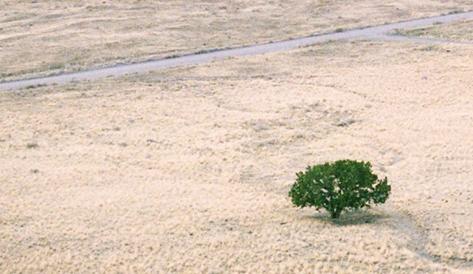Observing sites like the Amazon basin from space has underscored the capability of satellites to better detect signs of drought, according to a new study. Led by Military University of Technology Poland and Griffith University, the researchers combined two advance satellite-based methods to improve monitoring of hydrological droughts.

Advance satellite-based methods, such as the Global Positioning System (GPS) and the Gravity Recovery and Climate Experiment (GRACE), have been invaluable in tracking changes in global freshwater, including groundwater.
“GRACE provides reliable data at large and regional scales but struggles at local levels, while GPS data can be affected by technical and environmental factors including, monument instability, thermal expansion of ground, the errors due to tidal aliases, and measuring real changes in the hydrosphere can sometimes be difficult, among several other issues,” Dr Ndehedehe said.
“Both techniques also face challenges in capturing short-term extreme hydrological events like sudden droughts and could under- or overestimate the occurrence and severity of such events.” To circumvent this challenge, the research team developed the new approach by combining the strengths of GPS and GRACE-based vertical displacement data to monitor hydrological droughts more effectively.
This new method was tested in the Amazon basin and California Central Valley where hydrological changes were profound and could provide crucial insights for water management. “By combining GPS and GRACE data, the novel drought indicator enhances our ability to track short-term drought events more accurately, offering timely and actionable information for decision-makers,” Dr Ndehedehe said.
While each technique (GPS and GRACE) individually showed good spatial and temporal agreement with traditional drought indices (e.g., standardised precipitation index), some extreme events were missed. To overcome this, the team introduced a novel multivariate drought indicator (Multivariate Drought Severity Index) by combining the GPS and GRACE dataset, using advanced statistical methods known as Frank copulas, to merge data from the two satellite missions.
“The multivariate drought indicator showed strong temporal consistency with drought indicators based on in-situ river discharge data and satellite-based agricultural indices like the Enhanced Vegetation Index, further validating its accuracy and providing a more comprehensive picture of drought conditions.
This new approach provided a more holistic view of drought conditions, to support better resource management and represented a significant step forward in the quest for more effective drought monitoring, with broad implications for global water management strategies.
Source:
GRIFFITH UNIVERSITY
Provided by the IKCEST Disaster Risk Reduction Knowledge Service System
Comment list ( 0 )
